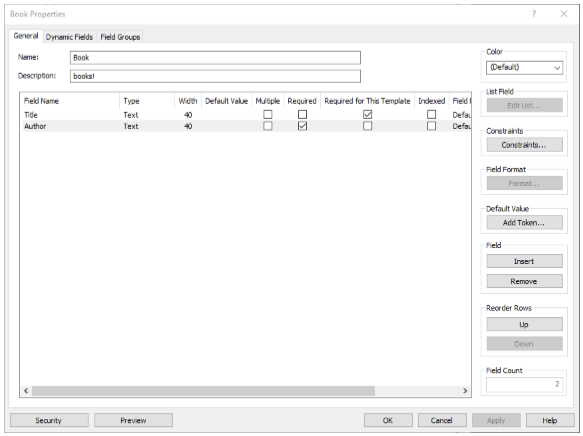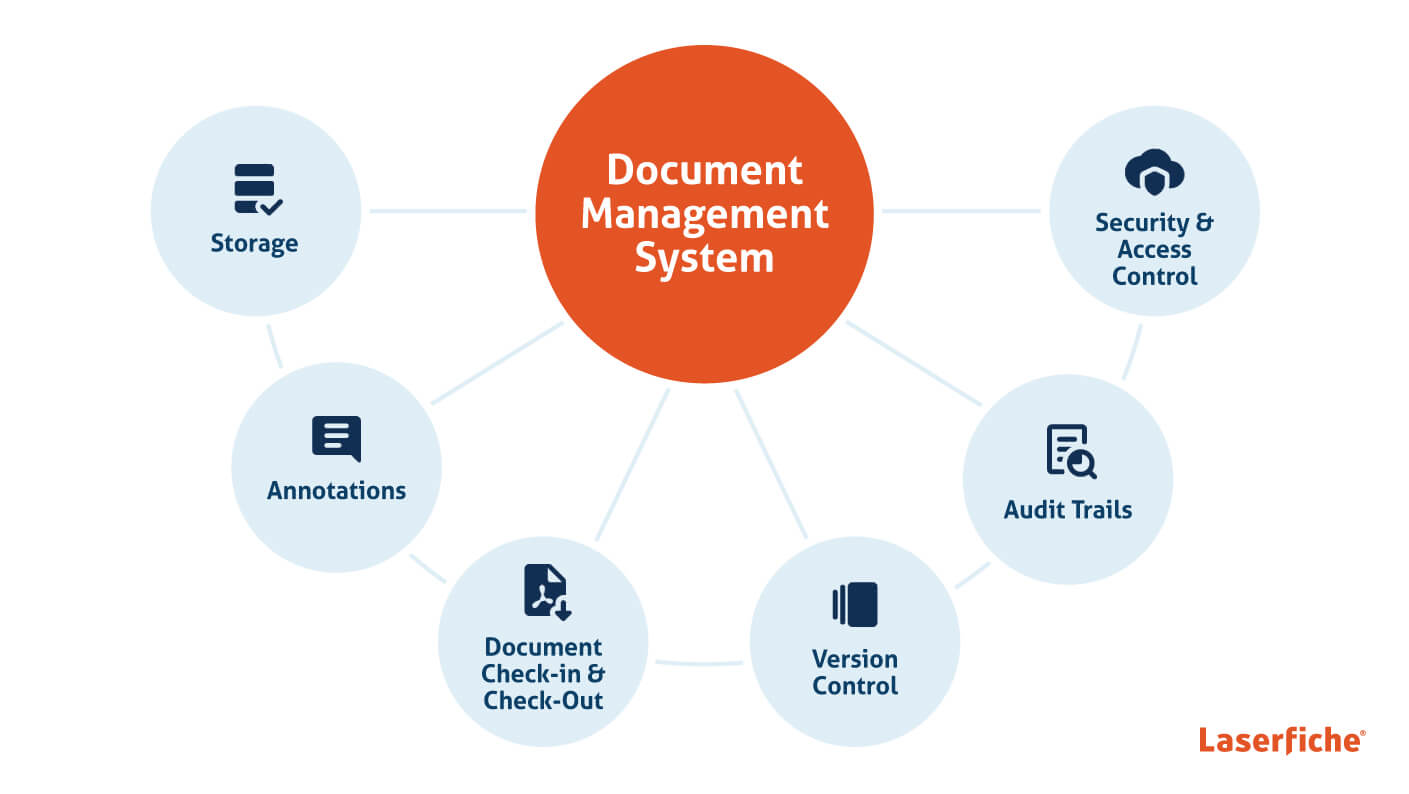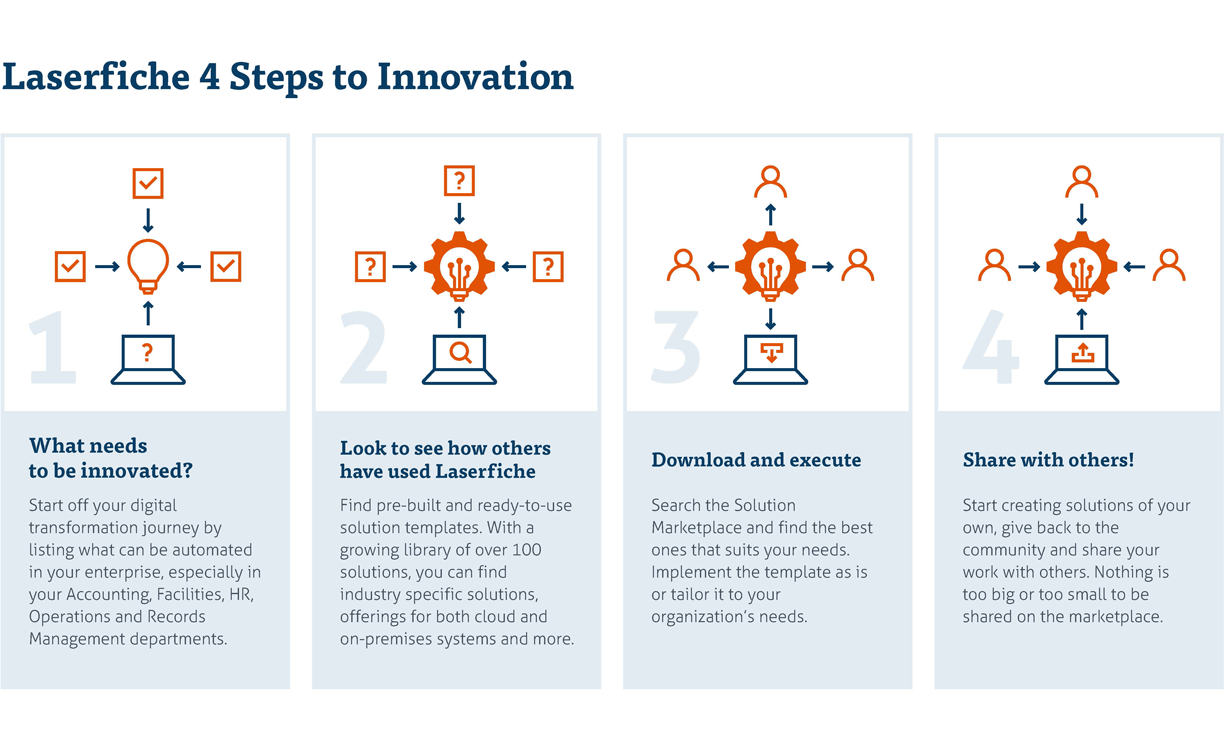Document metadata is information assigned to a document to provide additional context. This metadata describes such characteristics as what the document is, who created it and when it was created.
Applying metadata to documents can help ensure information accuracy, simplify document search and retrieval, and automate business processes using an enterprise content management system.
Let’s take a deeper dive into what metadata is and the best practices for putting it to work in your organization.
What is document metadata used for?
A document’s metadata provides context that can help you better organize content. Additionally, search tools can usually read metadata much faster than a document’s full text, saving you time when searching.
Types of document metadata
Metadata holding document information can take on a variety of forms, including:
- Fields and templates
- Tags
- Links to other resources or documents
- Version information
- Digital signatures
Fields and templates
Fields store metadata about a document or folder. They can contain information including but not limited to words, lists, numbers, and dates.
Multi-value fields can be assigned multiple values at once. For example, someone may create a multi-value “author” field since some books may have multiple co-authors. Multi-value field groups enable someone to group together related fields. For example, you may group together “first name” and “last name” fields.

The most advanced cloud content management systems allow you to customize how fields are viewed to enhance the user experience. In addition, many systems offer the option to set fields as “required” so that users have to enter necessary metadata when creating or importing a new document.
A template is a group of document metadata fields. A template allows you to immediately apply a set of fields to a document, organized in a way that you want. Dynamic fields are useful when you want the list of options in one field of document metadata to depend on another. For example, a form on a government site may have a “county” field that depends on the “state” a user chooses.

Tags
Tags can be a quick way to classify and categorize documents. Informational tags provide additional notes on a document, while security tags can restrict access to only authorized users.
Links
Flexible, reliable content management systems support document links – a type of metadata that associates a document with another. Two important document link types are:
- Document relationships, which connect two documents
- Link groups, which connect larger groups of documents
Document relationships are useful whenever you want to be able to keep two documents associated with each other—especially if they are stored in different parts of your digital repository. For example, you might file email messages in a “Communications” folder by date or sender, but put the email attachments in other folders depending on their content. If you connected emails with their attachments using a document relationship, you could quickly find an attachment that goes with a particular email message no matter where in the repository the two documents are stored.
A link group is a collection of related documents, each with their own metadata, location, and other information. You can create a link group from any document, add or remove documents in the group, import documents into that group, or comment on documents in the group. Similar to document relationships, you can quickly access any of the documents in the group from any other document in the group.
Versions
Versions are useful for making reversible and trackable changes to documents. If you scan or save a document as a new version, the old version of the document remains intact in its version history, eliminating the risk of accidentally losing information by overwriting. In addition, a document’s version history allows you to see and compare the changes made in previous versions and to revert to a previous version, if necessary.
Digital signatures
A digital signature is a way to indicate a document’s authenticity, confirming the signee’s identity, and providing a digital footprint that the signature itself has not been modified. For example, a manager can use a digital signature to indicate that he or she has approved a document. Later, a user can look up this signature to verify who signed it and if that signature was modified.
Document metadata best practices
Document metadata is typically accessed by two parties in an organization: administrators, and users. Administrators have control over modifying types of metadata, permissions and rules (for example, making certain fields required when a user edits a document). Users may access metadata to update a search for and modify a document, or to organize a portion of the digital repository.
When establishing a system of metadata use within an organization, the administrator should set the following best practices:
Design a document metadata plan
As an administrator, it is a good idea to plan out the use of document metadata as early as possible.
Deliberately designing your metadata allows for a more structured, streamlined and intuitive system than adding metadata elements to your documents at will, which can result in duplicate fields and a cluttered environment.
For example, if you plan your fields ahead, you can create a single “Customer” field that can be used for all templates, which reduces the total number of fields a user must contend with and simplifies search and retrieval.
In contrast, if users create fields as they go, one user might create an “Invoice Customer” field and another user might create a “Customer Report” field, creating unneeded redundancy as both fields would contain customer names.
Streamline document metadata
As a standard, you should use as few document metadata types as you can while still storing all the information you need. The more metadata elements you have in your repository, the more performance (i.e. speed of search) will be affected.
In many cases, a single metadata element can serve more than one purpose. For example, it’s not necessary to have five different “Vendor” fields just because you have five different templates. If all of those fields will contain a vendor name, you should create a single “Vendor” field and use it in all of the templates.
Use the right document metadata types
Certain kinds of information can be stored in more than one way, by more than one document metadata type. Occasionally, several metadata types will be equally suited to a task; however, in most cases, one type will be most appropriate. Consider how the information will be set and used, and choose the type most suited to the task.
Want to learn more about how digital document management can simplify business operations? Download the Document Management Software Buyer’s Guide.





